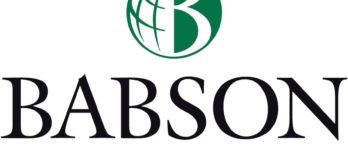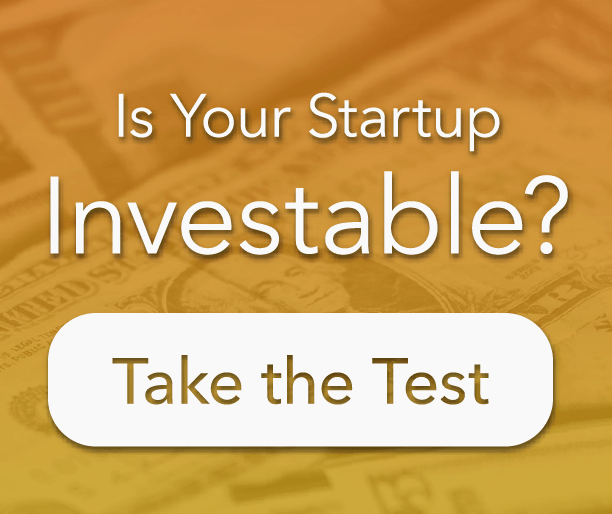
SOMAVAC is a low-profile, wearable medical device that applies sustained vacuum to a closed surgical wound to remove fluid and minimize seroma.
Name: SOMAVAC Medical Solutions
Location: 4717 Spottswood Avenue, Memphis TN 38117
Website: www.somavac.com
Product / Service Offering: Low-profile, wearable medical device for drainage after surgery
Founder Interviewed: Dr. Esra Roan, CEO & Co-Founder
Other Key Management Team Members: Joshua Herwig, Co-founder/ CTO
This article is part of our Women Entrepreneurs Spotlight Series featuring female entrepreneurs and their companies. We hope these founders’ interviews will inspire and motivate you as you undertake your own entrepreneurial journey.
Tell us a little about yourself with a focus on what motivates you.
I have been an engineer wearing many hats in the past 20 years. I am most inspired by helping people through the development of medical devices. We are a team of engineers and technology developers with the unique ability to address serious unmet needs in our society. This only comes from truly listening to patients and medical professionals.
When did you establish your company and where did the idea originate?
There is hardly anything more profound in business than asking about needs and delivering on them. When surgeons were asked about their one basic need, they indicated that seroma after some surgeries was an important issue.
In looking closely at the issue, women were voicing their discomfort and discontentment with the current drain systems after mastectomies. With approximately one in eight United States women (about 12.4%) diagnosed with breast cancer over the course of her lifetime, there are far too many sisters, wives, mothers and neighbors who have or will have become all too familiar with post-surgical drain.
Taking a combination of the unmet need of surgeons and patients’ comments, SOMAVAC Medical Solutions was founded in 2016 to develop a better solution.
What need or needs does your company seek to fill for its customers?
The SOMAVAC® 100 is a low-profile, user-friendly, wearable medical device that applies sustained vacuum to a closed wound following surgery to remove fluid effectively and reduce the risk of seroma. It is the only patient-centric, value-based alternative to the suction bulbs used in closed suction drains.
It is designed to replace the legacy technology of using suction bulbs with surgical drains, which has seen little innovation or advancements since the bulbs’ conception in the 1970’s. In addition to its health benefits, the drain and pump can be discretely worn under clothing, which aids in helping patients return to normal activities while recovering.
What is the one thing that sets your company apart from its competitors?
The current standard of care is manually operated closed-suction systems, such as Jackson-Pratt (JP) drains or Hemovacs, which are meant to draw fluid out with manual suction generated by a flexible, suction bulb attached to the end of the drain.
Surgical drains are worn by patients anywhere from days to several months depending on the self-reported fluid volume. The inability of the flexible suction bulb to generate continuous suction is a major factor in prolonged drain indwelling times which increases opportunities for complications. Bulbs are also fraught with issues such as leakage, clogging, and spillage.
Patients struggle to follow instructions which may lead to the inaccurate use of drains. The SOMAVAC 100 is designed to mitigate these issues while allowing patients to recover with dignity.
What was the biggest challenge you faced while getting your company up and running, and how did you overcome it?
The biggest challenge, without a doubt, for SOMAVAC has been funding. With so many barriers to market for a first-time medical device company, the road to revenue is long. As a startup, we are particularly vulnerable to the changing technological landscape of the medical device industry and diminished venture capital availability. We were lucky to receive FDA clearance rather rapidly, which helps in convincing funders that we can commercialize our flagship medical device.
Are there resources you have utilized that other founders might find compelling or useful?
We started up in Memphis, Tennessee, and were fortunate to be part of the accelerator and ecosystem. SOMAVAC was launched with Zeroto510, a nationally ranked medtech accelerator, and Startco, a hub for startups. Both provided huge benefits and support. I highly recommend any first-time entrepreneur to start in an incubator or accelerator and certainly Zeroto510 for medtech startups.
What steps have you taken to secure funding for your company and what, if anything, would you do differently if you had to start over?
SOMAVAC was launched from an accelerator. We raised funds to support product development, FDA submission, and our pending product launch – all costly endeavors. The original pitch process was to speak with anyone and everyone who would welcome us. This is not an efficient way to go about funding, it taught us a lot.
Should I start over, I would probably spend more time studying my audience and figuring out the best matches between the funder, the event, etc., and our proposed offering.
6 Items to Prepare for a Pitch to Concept Stage Investors
Have there been any questions you have had as an entrepreneur of a fledgling startup that you had a particularly hard time finding the answers to?
During the earliest stages of starting up, revenue projections were a challenge. Although there was a comprehensive understanding of the market potential, as a pre-FDA med-tech startup, discussing Y5 ARR was tricky. As an academician and engineer, I found it to be very difficult to pitch projections six years away.
What challenges, if any, are you grappling with?
As the company grows, so are operational tasks. Learning to delegate has been an interesting process and one that is not necessarily easy for us. From the company’s inception, my partner and I have had to wear many hats and perform many functions as effectively as possible.
We learned to balance our workloads and separate functions into equally important parts. Now that we are growing, we are working on becoming better leaders, which involves trusting and delegating tasks to our amazing internal and external team members to help us achieve our short and long-term goals.
What is the most helpful tip or “hack” you’ve ever learned, stumbled across, or been given?
I think it is important to have a balanced and synchronous company culture. It is one of the most gratifying aspects about founding this company. I encourage every start-up executive to heavily consider developing one. SOMAVAC’s culture is what guides us and defines our work environment, including our mission, value, ethics, expectations, and goals. Our culture ensures we all actively follow through on implementing these values every single day.
Is there anything else you would like to share about your company?
We are truly excited to be in the position of preparing for launch. We know there are still risks and we need all the support we can get. Please let anyone who is impacted by post-surgical drains know that we are working on a best-case solution.
Advice to female entrepreneurs…
Get out there and do it! For moms, find an amazing support system. If you decided to take the entrepreneurial plunge, it takes a village to raise children and the same goes for startups!
Are you familiar with other Women-led startups? If so, we would like to hear from you. Tell us about them in the comments below!










